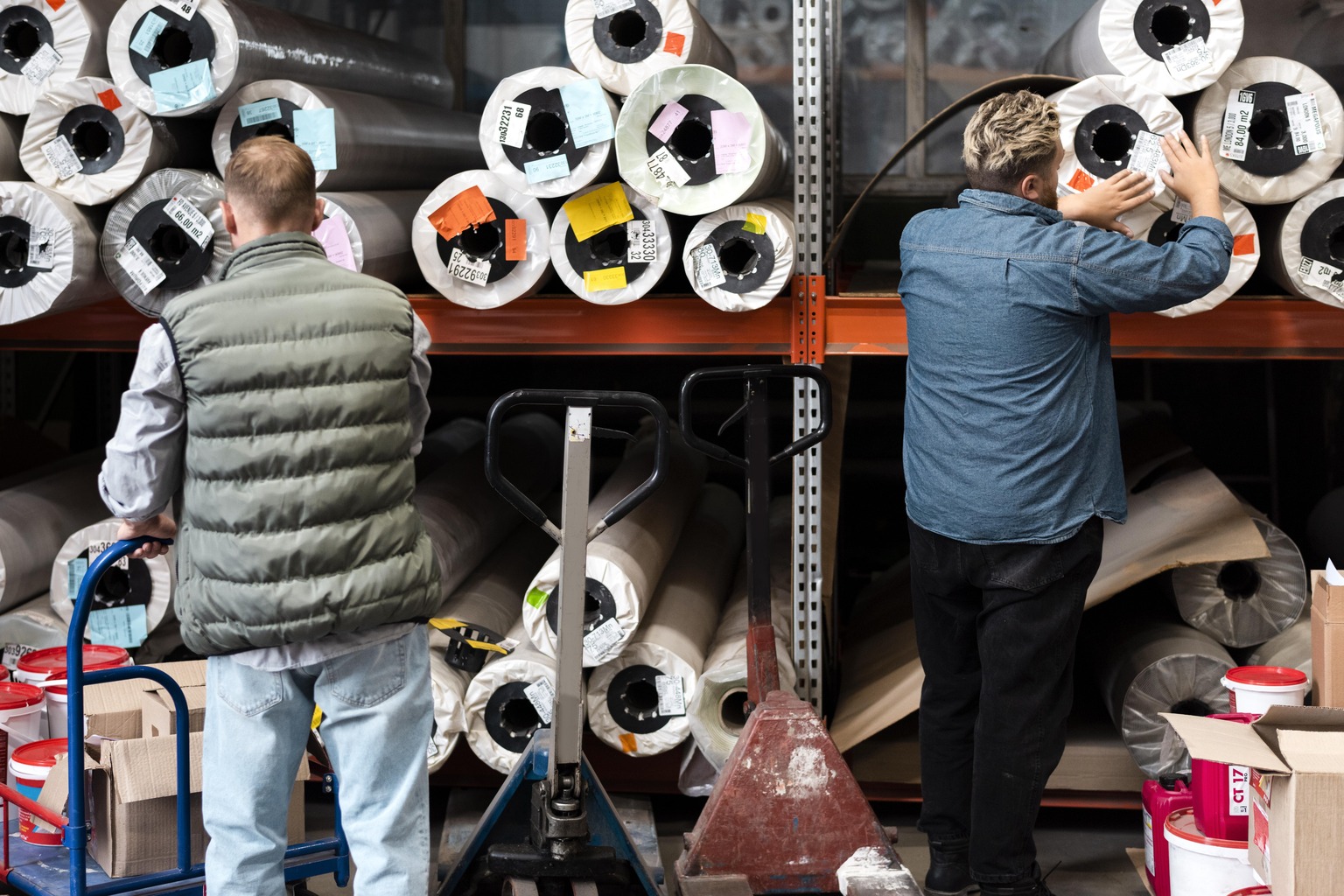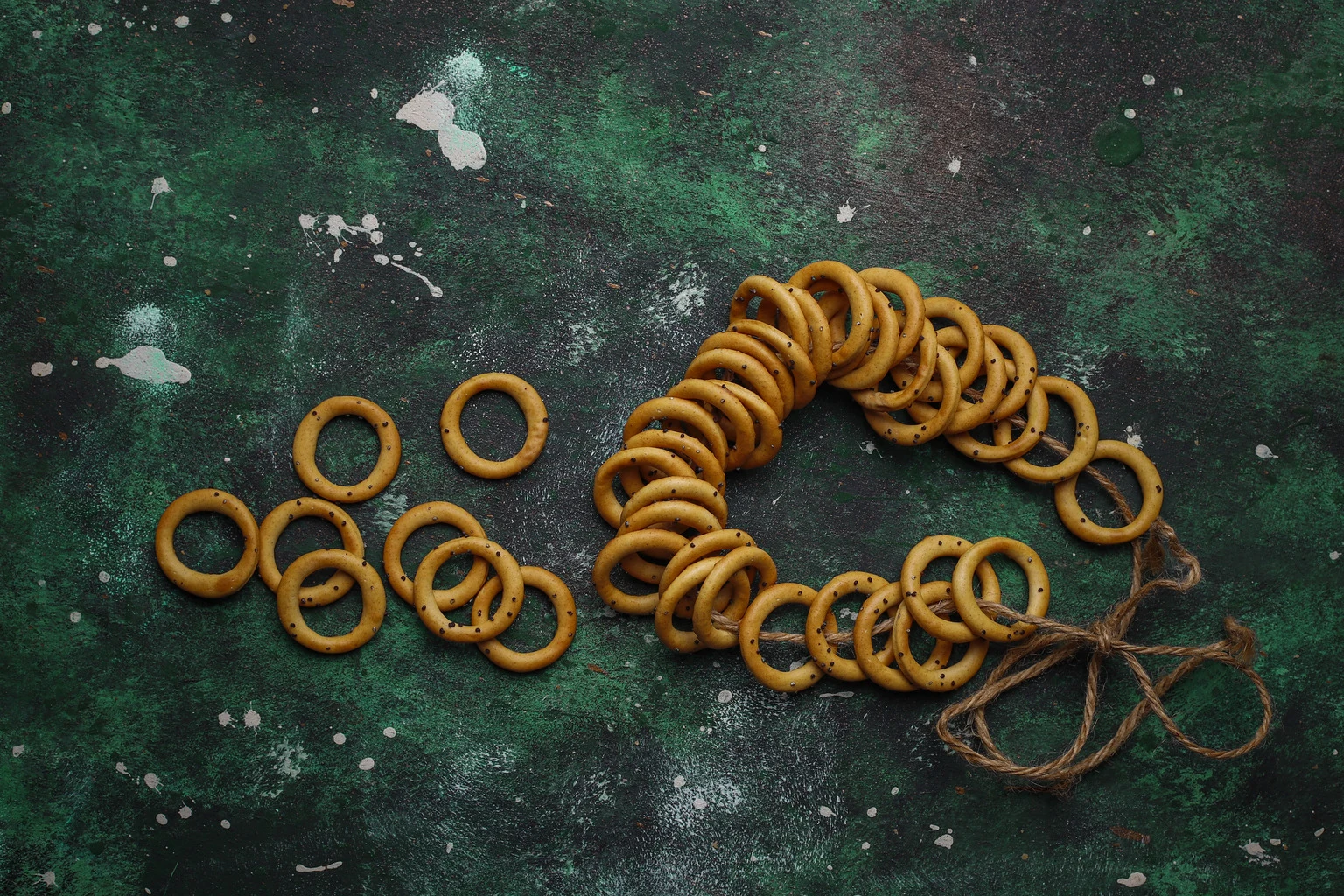Top Benefits of Rubber Moulding for Manufacturers
Precision, durability and cost-effectiveness are essential in manufacturing. It can be difficult to achieve all three, but with the right processes it is possible. Rubber moulding is a reliable and versatile solution for industries from electronics to automotive. This process involves forming uncured rubber and elastomers into a mould in order to create an array of components. By using advanced techniques, manufacturers are able to produce anything from simple bumpers to complex seals while maintaining consistent quality. The benefits of moulding rubber go beyond the simple production. They influence design flexibility, product longevity, and project costs.
Why is Rubber Moulding the Most Popular Manufacturing Process?
The adaptability of rubber moulding is its core strength. The process can produce parts with specified physical properties such as high tensile, chemical resistance or extreme temperature tolerance. It is therefore a great choice when creating critical components which must function reliably in demanding conditions. The technique is scalable for low- and high volume production. It can be used with simple compression moulding or more complex injection or transfer methods. The scalability of the technique allows manufacturers to get what they need when they need it, without compromising on quality. Its dependability is highlighted by the consistent output of rubber products on US production lines.
Unique Design Complexity and Flexibility
The freedom that engineers and designers have is one of its greatest benefits. This process allows for intricate shapes, complex geometry, and features such as undercuts or thin wall that are impossible to achieve using other materials or methods. This capability is essential for the production of custom molded rubber products on US market, where innovation plays a key role. rubber molding is able to produce a simple O ring or a complicated gasket with many sealing points. This flexibility allows the consolidation of several parts into one component, which reduces assembly time and possible points of failure.
Rubber Moulding Cost-Effectiveness – Especially at Scale
Rubber moulding is extremely cost-effective when producing large quantities. The mold can be used to produce thousands, or even millions, of identical parts using minimal labor and little material waste. Automation of processes such as injection moulding can further reduce the cost per unit. This economic advantage allows businesses of any size to invest in high-quality rubber moulded products in US, and ensures a good return on investment.
Rubber Moulding offer superior durability and material variety
Rubber parts are famous for their durability. Rubber parts can absorb shocks, dampen vibrations and resist chemicals and environmental factors. The inherent durability of the product extends its lifespan, reducing the need for maintenance and replacement. rubber edge moulding is a great example. It is used to provide safety on sharp metal edges, while also providing a finished look. You can choose from a wide variety of rubber compounds, including natural rubber, synthetics such as EPDM, silicone and neoprene, or even a combination. It is because of this customization that moulded rubber products in US for critical applications. rubber edge moulding is the ideal solution for parts that require a protective finish.
Consistency in High-Quality Rubber Moulding Production
Modern Rubber Moulding offers exceptional repeatability. Every part that is produced by a mould will be virtually identical, which ensures tight tolerances and consistency in quality throughout the production run. For industries such as automotive and aerospace where component failures are not acceptable, this reliability is vital. You can ensure the quality of every batch of rubber moulded products in US by partnering with a manufacturer who has experience. Precision techniques such as rubber moulding guarantee a perfect fit. Consistency is the hallmark of high-quality manufacturing.
Conclusion
The advantages of this production process are obvious. This manufacturing process offers a combination of design flexibility, cost-efficiency, and product durability which is difficult to match. The process produces high-quality and reliable parts, whether you are creating intricate components with or adding protective finishes. Custom Rubber Moulding can be a great investment for any manufacturer who wants to improve production and product performance.
Frequently Asked Questions
1. What are the main types of rubber moulding?
The three primary methods are compression, transfer, and injection moulding. Each offers unique benefits for different part complexities, materials, and volumes.
2. How long does a rubber mould typically last?
A well-maintained steel mould can last for hundreds of thousands to over a million cycles, making it a long-term asset for high-volume production needs.
3. Can you mold rubber onto other materials?
Yes, overmoulding allows rubber to be chemically or mechanically bonded to substrates like metal, plastic, or glass to create integrated, multi-material parts.
4. What information is needed for a rubber moulding quote?
Provide a 2D/3D drawing, material specifications, required tolerances, estimated annual quantity, and any special finishing or testing requirements for an accurate quote.
5. Is rubber moulding suitable for prototypes?
Yes, compression moulding or using softer aluminum tooling can be a cost-effective way to produce prototypes and small runs before committing to large-scale production.

